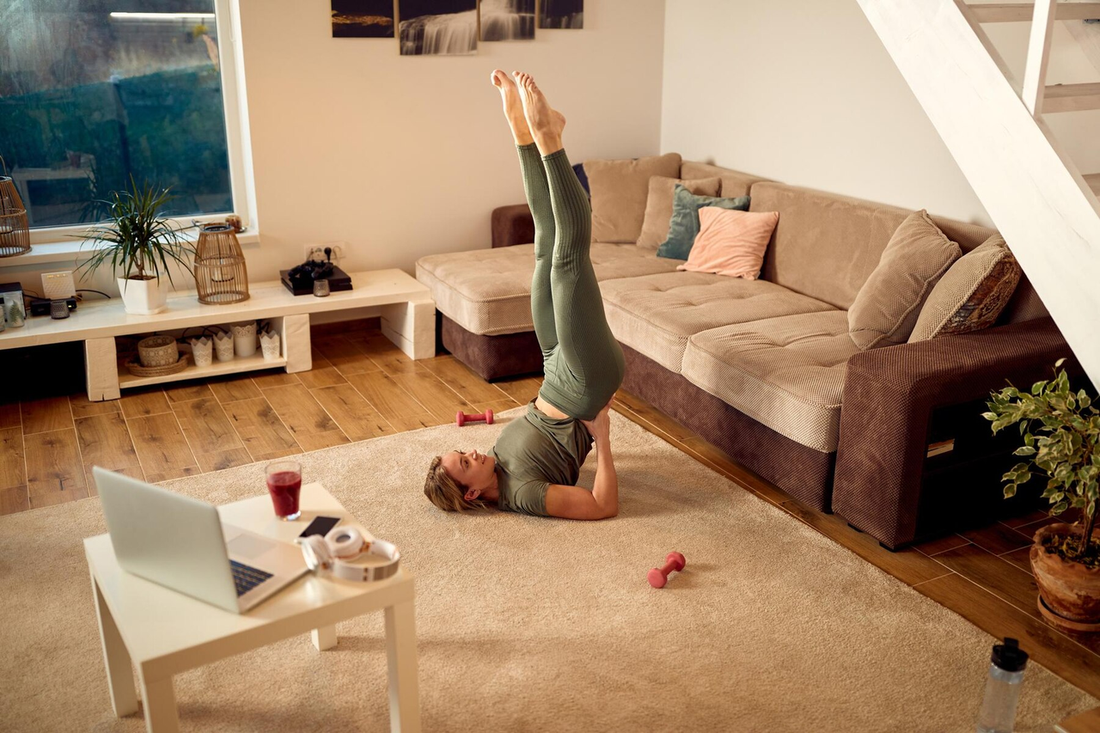Chronic pain, whether it stems from conditions like arthritis, fibromyalgia, or lingering injuries, can be challenging to manage. While medical intervention is sometimes necessary, there are numerous strategies you can employ from the comfort of your living room to alleviate chronic pain and improve your well-being. In this article, we'll explore practical and accessible ways to tackle chronic pain without the need for frequent doctor visits or invasive treatments.
Gentle Exercise and Movement:
Engaging in gentle exercises and movement can help alleviate chronic pain by improving flexibility, strength, and circulation. Consider low-impact activities such as yoga, tai chi, or Pilates, which focus on gentle stretching and controlled movements to relieve tension and promote relaxation. Even simple activities like walking around your living room or performing chair exercises can provide significant pain relief and boost mood-enhancing endorphins.
Mindfulness and Meditation:
Practicing mindfulness and meditation can help shift your focus away from pain sensations and promote a sense of calm and relaxation. Set aside a few minutes each day to practice mindfulness techniques such as deep breathing, body scans, or guided meditation. By cultivating awareness of your thoughts and sensations without judgment, you can learn to manage chronic pain more effectively and reduce its impact on your daily life.
Heat and Cold Therapy:
Applying heat or cold therapy to painful areas can provide immediate relief from chronic pain. Use a heating pad, warm towel, or heat pack to soothe sore muscles and joints, promoting relaxation and increasing blood flow to the affected area. Alternatively, cold therapy with ice packs or cold compresses can help reduce inflammation and numb pain signals. Experiment with both heat and cold therapy to determine which option works best for your chronic pain relief.
Self-Massage and Manual Therapy:
Self-massage techniques and manual therapy can help alleviate tension and tightness in muscles and soft tissues, reducing chronic pain and promoting relaxation. Use your hands, a foam roller, or massage tools to target areas of discomfort and apply gentle pressure or kneading motions. Focus on areas of tension in your neck, shoulders, back, or joints, and adjust the pressure to your comfort level to release tightness and improve mobility.
Lifestyle Adjustments and Ergonomics:
Making simple lifestyle adjustments and optimizing your living environment can significantly reduce chronic pain and discomfort. Pay attention to your posture while sitting, standing, and sleeping, and use ergonomic furniture and accessories to support proper alignment and reduce strain on your body. Incorporate regular breaks and movement into your daily routine to prevent stiffness and promote circulation, and prioritize restful sleep to support healing and pain management.
Social Support and Connection:
Maintaining social connections and seeking support from friends, family, or support groups can provide invaluable emotional and practical support when living with chronic pain. Share your experiences, concerns, and triumphs with others who understand what you're going through, and lean on your support network for encouragement, empathy, and assistance when needed. Connecting with others can help reduce feelings of isolation and empower you to better manage chronic pain and improve your quality of life.
Chronic pain can be a persistent and challenging companion, but relief is within reach from the comfort of your living room. By incorporating gentle exercises, mindfulness practices, heat and cold therapy, self-massage techniques, lifestyle adjustments, and seeking support from your social network, you can effectively manage chronic pain and improve your quality of life without the need for frequent doctor visits or invasive treatments. Remember to listen to your body, prioritize self-care, and celebrate small victories along the way as you navigate your journey toward greater pain management and well-being.




